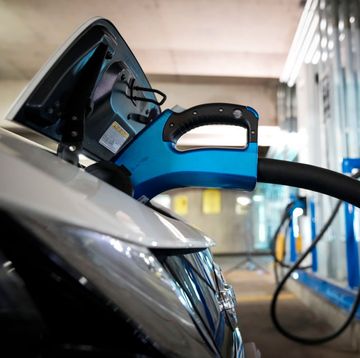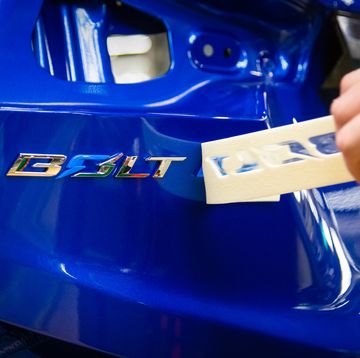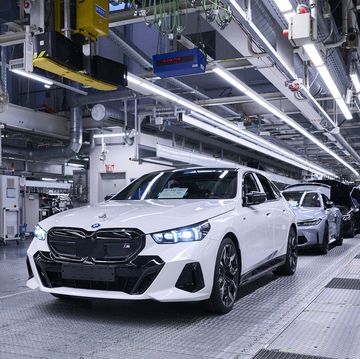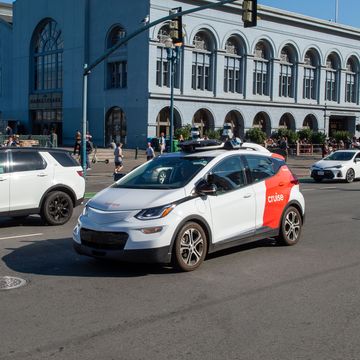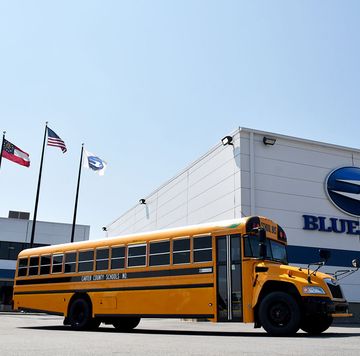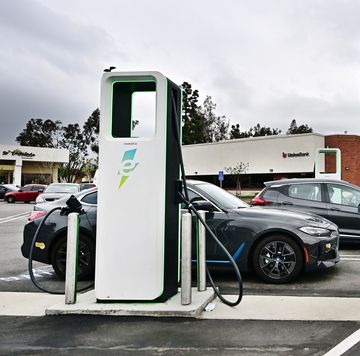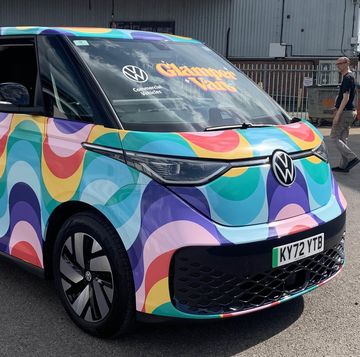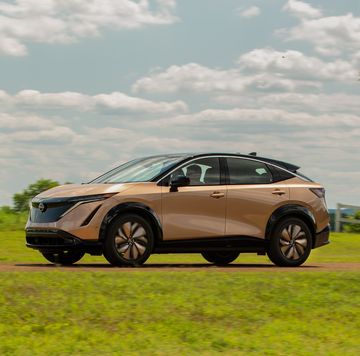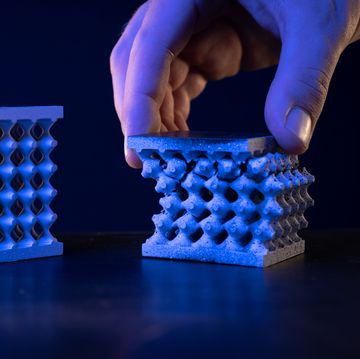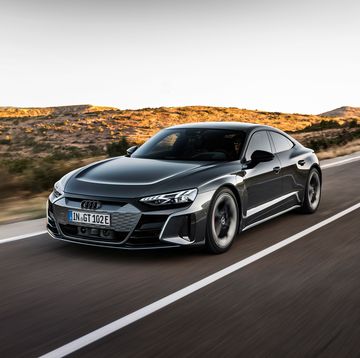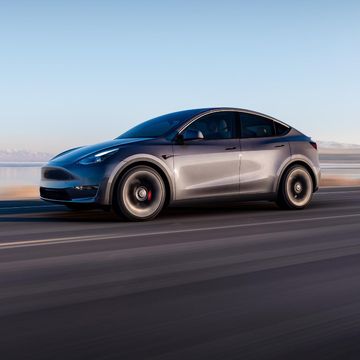- Waymo will launch self-driving robotaxi service in LA in the coming months, in the city's central districts.
- The autonomous developer has been operating and testing its robotaxis in Phoenix and San Francisco in recent years.
- Waymo and a handful of other autonomous tech developers hope to be the first to roll out self-driving robotaxis at scale in order to capture a slice of a billion dollar industry.
Autonomous developer Waymo has been testing its vehicles in Phoenix and San Francisco for some time now, including offering free rides to passengers in the Phoenix area.
Now, the company is bringing its robotaxis to Los Angeles. But not quite all of Los Angeles—for now Waymo plans to roll out operations in just a few central districts in the coming months. But the company plans to offer a round-the-clock service when it does launch operations.
Why Los Angeles?
"With approximately 13 million residents, the Los Angeles metropolitan area is one of the largest ride-hailing service areas in the world and the third largest in the US, with an estimated market opportunity of $2 billion in 2022," Waymo says. "As a commercial opportunity, Los Angeles is the equivalent of a dozen smaller US ride-hailing market opportunities combined."
Waymo has been using vehicles as diverse as the Jaguar I-Pace and the Chrysler Pacifica Hybrid in its testing over the past few years.
The company mentions that it has gotten to know a number of LA neighborhoods, including Miracle Mile, Santa Monica, Westwood, West Hollywood, Downtown, and Koreatown. But LA is still far larger and far more complex than the cities where Waymo has operated previously.
San Francisco itself is far more compact geographically—one of the reasons robotaxi companies have been testing there—while Phoenix is generally seen as better planned out and marked when it comes to road signage.
Los Angeles, on the other hand, is a more complex web of freeways and city streets, and not all of them are in great shape or have clear markings. Traffic conditions are also considered to be far worse than in San Francisco.
"LA is a remarkable, vibrant place—and Waymo's experience leaves us best positioned to tackle its driving complexity," said Waymo's co-CEO Tekedra Mawakana. "We're working closely with Angelenos to ensure we're addressing the transportation needs and priorities of their communities as we bring the Waymo Driver to LA."
Waymo did not mention whether it will offer rides to LA residents on a fee basis or for free when it launches its service in parts of the metro area, but in Phoenix rides have been free for passengers so far. Launching a commercial, fare-based service requires a different permit from state and local regulators; Waymo has not yet gone this route as it's not important to its testing purposes. After all, at this scale it wouldn't really make a difference to Waymo's finances.
Autonomous tech developers like Waymo and Cruise are both now transitioning from the phase of testing Level 4 vehicles with drivers behind the wheel and employee passengers to the general public. And at this point it's fair to say that Waymo and Cruise are both leaders in the industry when it comes to real-world Level 4 robotaxi operations.
Neither company is close to actually operating robotaxi services or making a profit in the process—the ultimate goal of ride-hailing apps and developers. Both still taking baby steps in covering large metro areas on any sort of scale, with fleets numbering in the dozens rather than hundreds.
As a number of industry observers have noted, operating Level 4 robotaxis profitably may well turn out to be more difficult than achieving Level 4 tech in the first place.
Do you expect robotaxis to replace human drivers who work for ride-hailing apps like Uber by the end of this decade, or will this process take longer? Let us know in the comments below.

Jay Ramey grew up around very strange European cars, and instead of seeking out something reliable and comfortable for his own personal use he has been drawn to the more adventurous side of the dependability spectrum. Despite being followed around by French cars for the past decade, he has somehow been able to avoid Citroën ownership, judging them too commonplace, and is currently looking at cars from the former Czechoslovakia. Jay has been with Autoweek since 2013.



